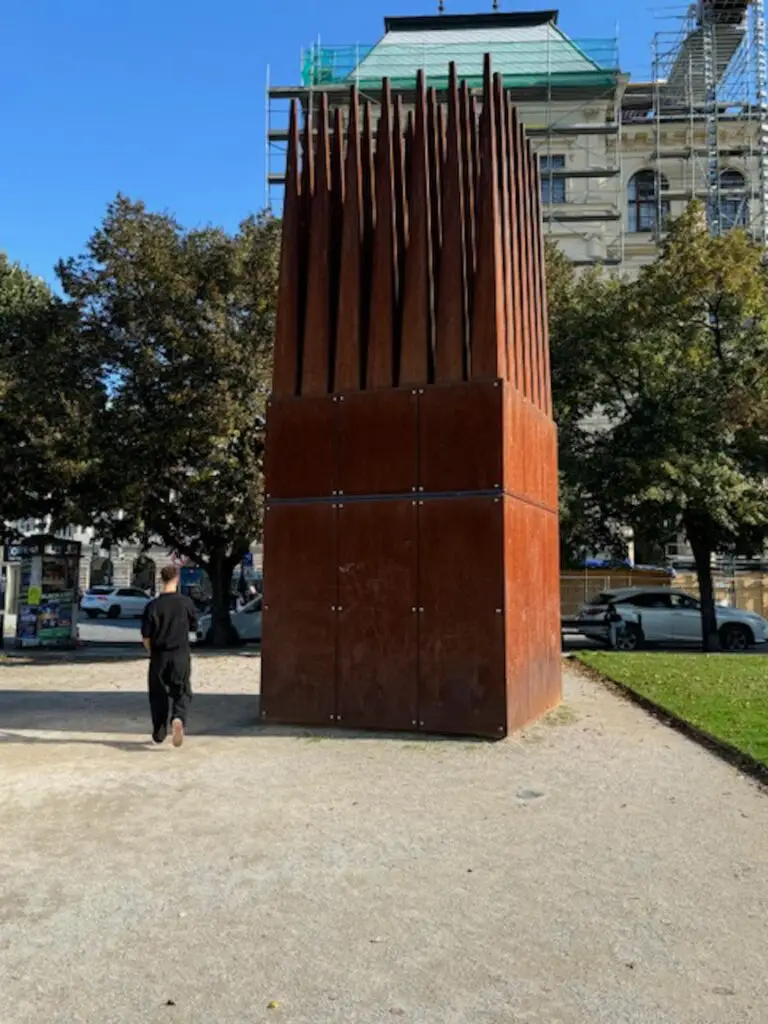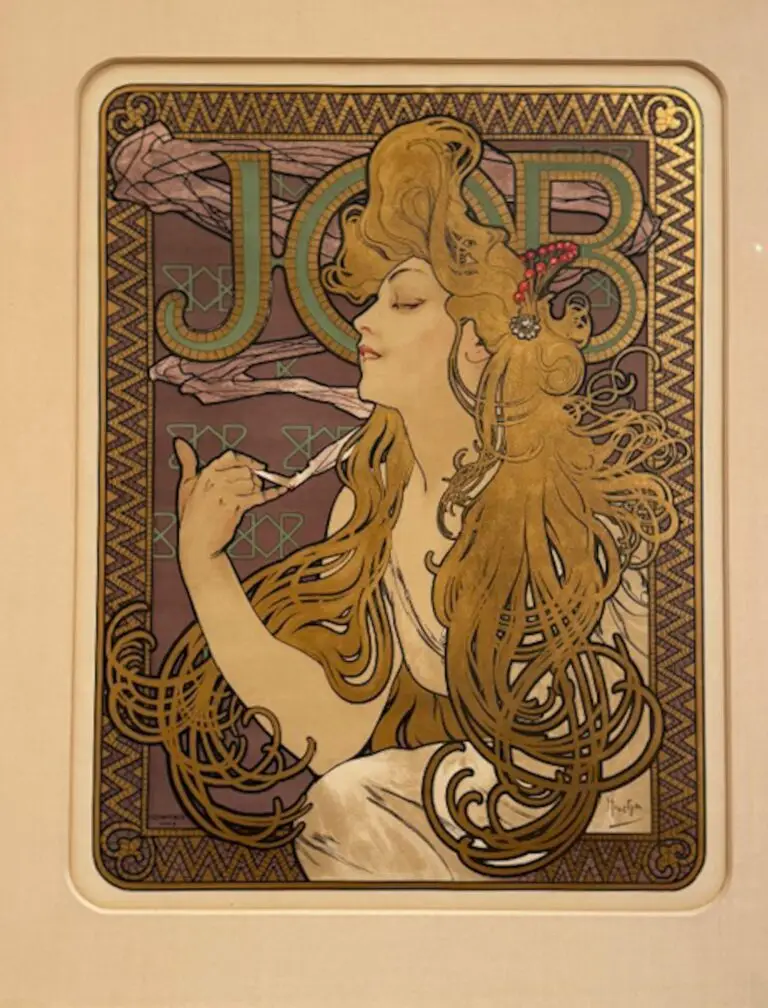Our next-to-the-last day with lots to cover. We wanted to visit museums to learn more about Franz Kafka (literature) and Alfons Mucha (art). We also hoped to get to the Jewish Quarter, and then there are always things to see on the way.
12:18 pm to 7:04 pm. 5.57 miles, 15,244 steps, elevation +267 feet. Temperature 67 degrees; a beautiful mostly-sunny day.
Richard’s Relive video is here: https://www.relive.cc/view/vKv2g2G9p4O








The Franz Kafka Museum covers his life and his writings. He was a complicated thinker from an early age, and had troubling relationships with his father and several women. He was educated as a lawyer, was a successful insurance man promoted to accident prevention, but his love was writing. He patronized bars where writers met, and was introduced to theatre and reintroduced to Jewish culture with some of the groups he followed. He yearned for family but broke off several engagements and never married. He died in 1924 of tuberculosis.
Kafka’s Complete Works was not published due to the coup of 1948. The start of the Communist dictatorship in Czechoslovakia represented 40 years of prohibition and political censure for Kafka’s work and all essays written about it.
In 1963, the Kafka congress in Liblice began the progressive release from prohibition of Kafka’s work. Kafka started to be read, commented on, adapted and performed, to become one of the spiritual fathers of the Prague Spring 1968. Yet for the following two decades, he once again became a politically undesirable character, his work was forbidden, and Czech Kafka scholars were persecuted by the police.
The Velvet Revolution of 1989 saw Kafka reunited with Czech culture. The writer could not have imagined how right he was with his prophesies about the future of his city.




























4 Responses
I’m glad you were able to enter the Knights Templar church today. The Knights Templar have always fascinated me, but I don’t remember everything I learned about them – except for the Friday the 13th thing. I’ll have to do some catch up reading about them.
Prague certainly has very interesting building architecture! Seeing them makes the buildings in our cities look….boring….
Even though you sound like you’re not quite ready to leave Prague, I am very much looking forward to seeing you both back home…besides….there’s always next year…
I was so happy to finally get into the Knights Templar church, and I agree that there are fascinating stories about them. Nothing can match the castle in Tomar, Portugal, but it is interesting to see how they were protectors everywhere they went. Even the name of the church, Our Lady Under the Chain [Bridge], explains some of the reason for being there–the Chain Bridge was one of the major links between the sides of the river. Prague has wonderful architecture, and certainly art everywhere. I wish we could have stayed longer.
Don’t you love all the sculptures you are seeing? Think it is one of the features that really stands out in Prague. Glad you got to the Mucha Museum. Rather unique.
Dan
In addition to sculptures, I loved all the variety of art everywhere. Such a wonderful city. I really wanted to see the Mucha Museum because i love that art style, but he certainly has influenced many others and I loved seeing it all, especially the Basilica of St. Peter and St. Paul where the artwork was so influenced by Mucha. Spectacular. It was such a shame that he was arrested in 1939 and although he was released soon afterwards, it destroyed his health and he died very soon. I wonder what more he would have contributed had he lived.